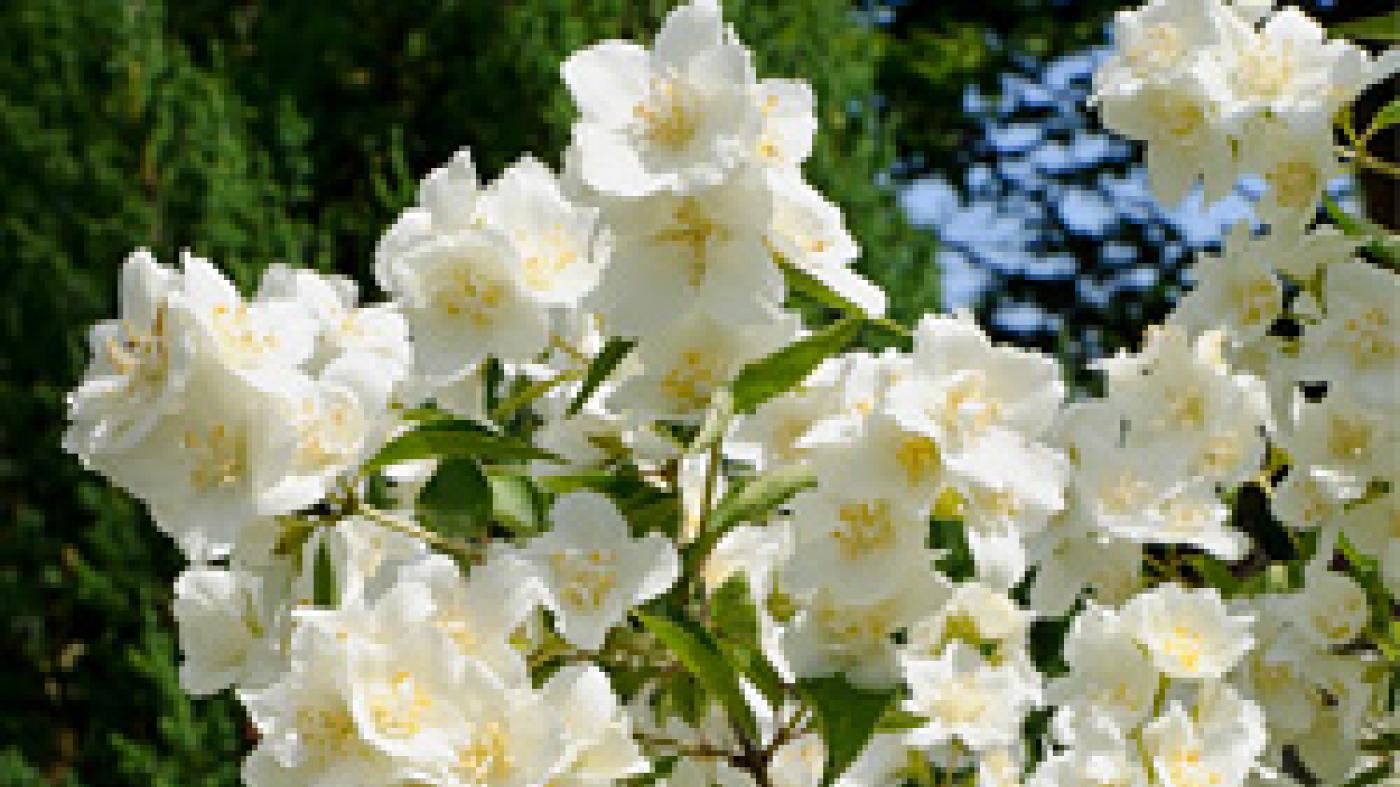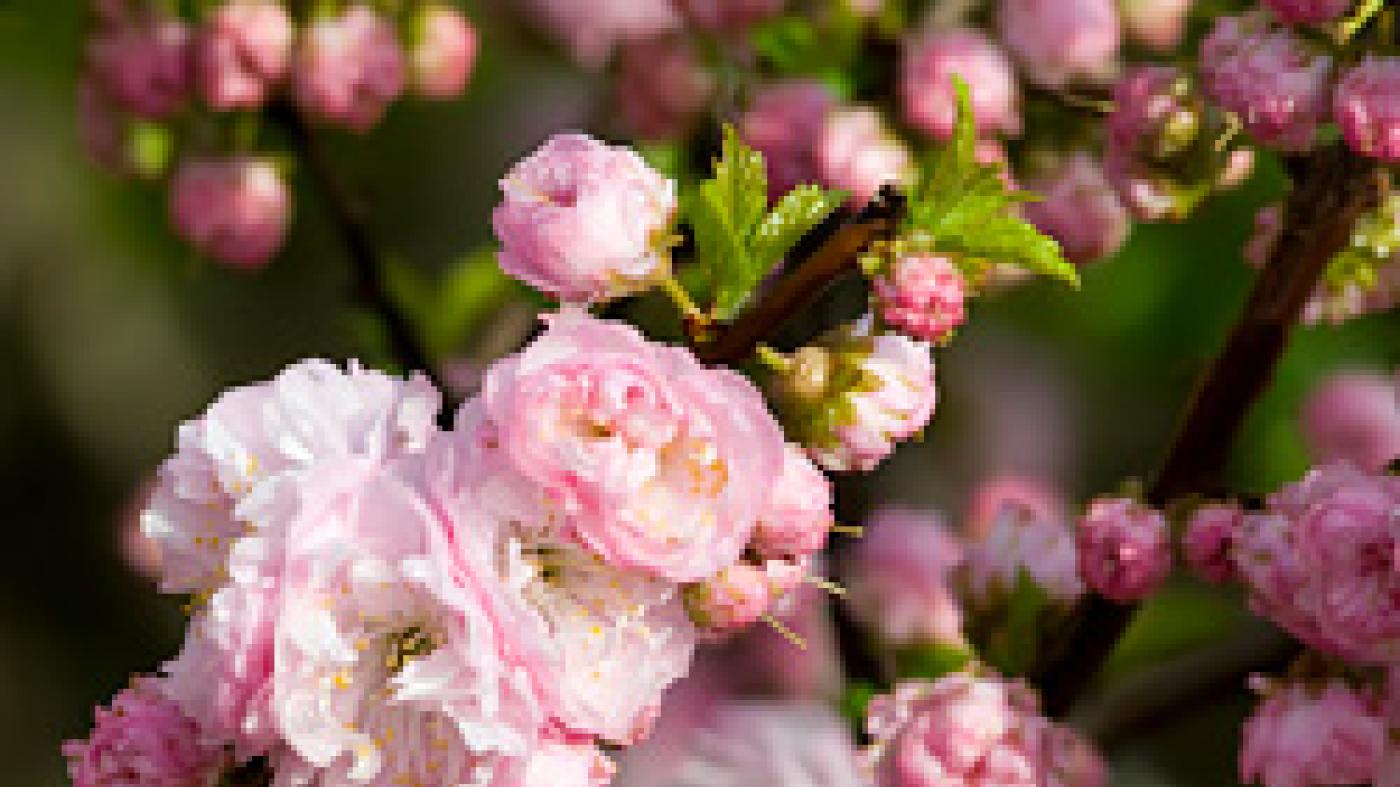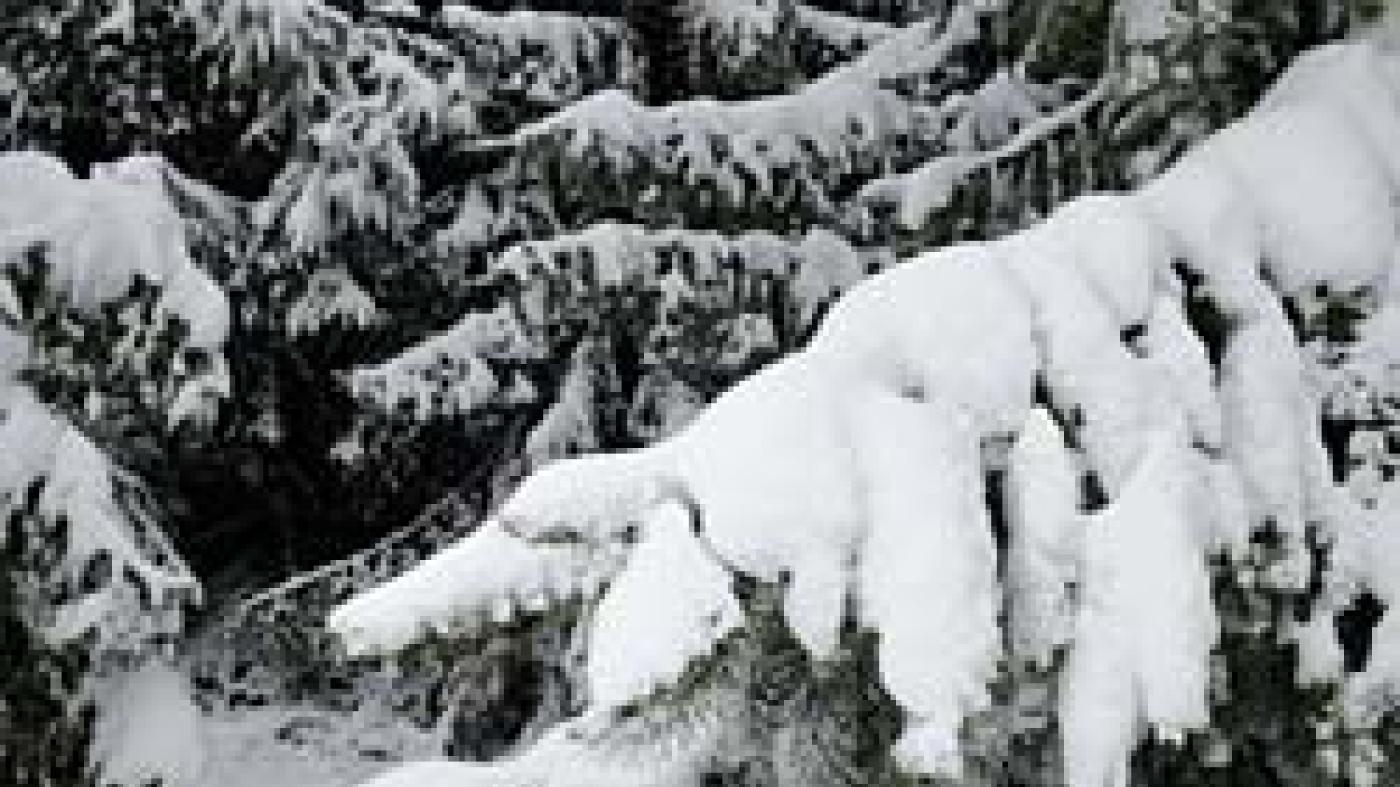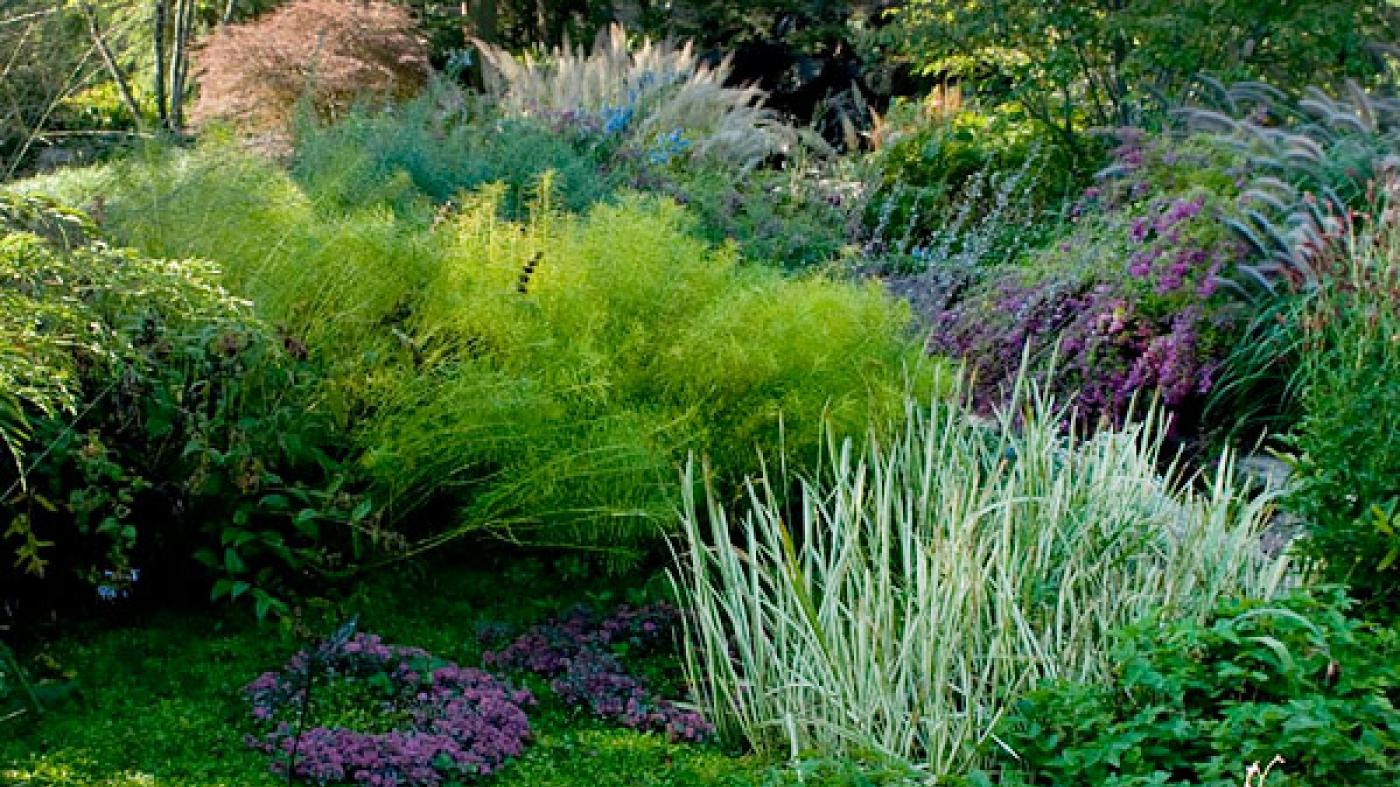
Shrub Considerations for Home Landscape
Q: What should we consider when choosing shrubs for our home landscape
A: The saying “right plant…right place” is essential to keep in mind when selecting shrubs. Many shrub problems can be traced back to choices made years before. Moreover, early planning is especially desirable now, due to high demand and supply disruptions arising from the COVID-19 pandemic.
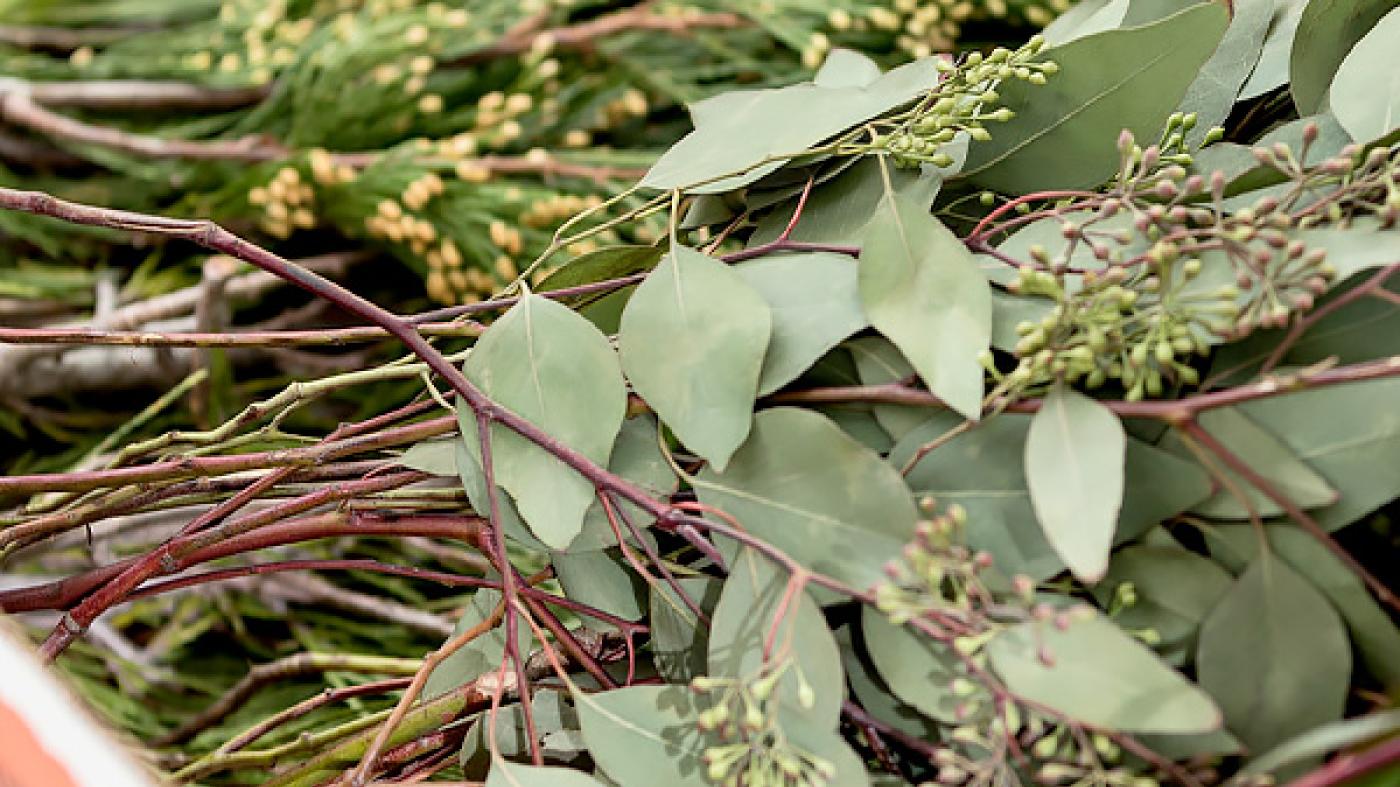
Plant Materials for Holiday Decor
Q: Are there homegrown plant materials besides conifers that I can use for holiday decorations?
A: Traditions and beliefs that came to North America with immigrants from Europe led to the extensive use of branches and cones of pines, firs, and other evergreen trees and shrubs for holiday decorations. However, not every home landscape contains conifers that can be pruned for this purpose. Fortunately, a range of home landscape plants provide material that can be used to make attractive decorations and much of it is renewable.

Winter Evergreen Discoloration
Q: I recently noticed that some of my evergreens have become discolored. Should I be concerned?
A: It is normal for the foliage of some evergreens, such as arborvitae (Thuja) and boxwood (Buxus), to change color in cold weather. The different color of the foliage in such species is not indicative of a pathogen or cultural disorder; it is a normal response to winter temperatures.
Species that are known to change color in cold weather include:
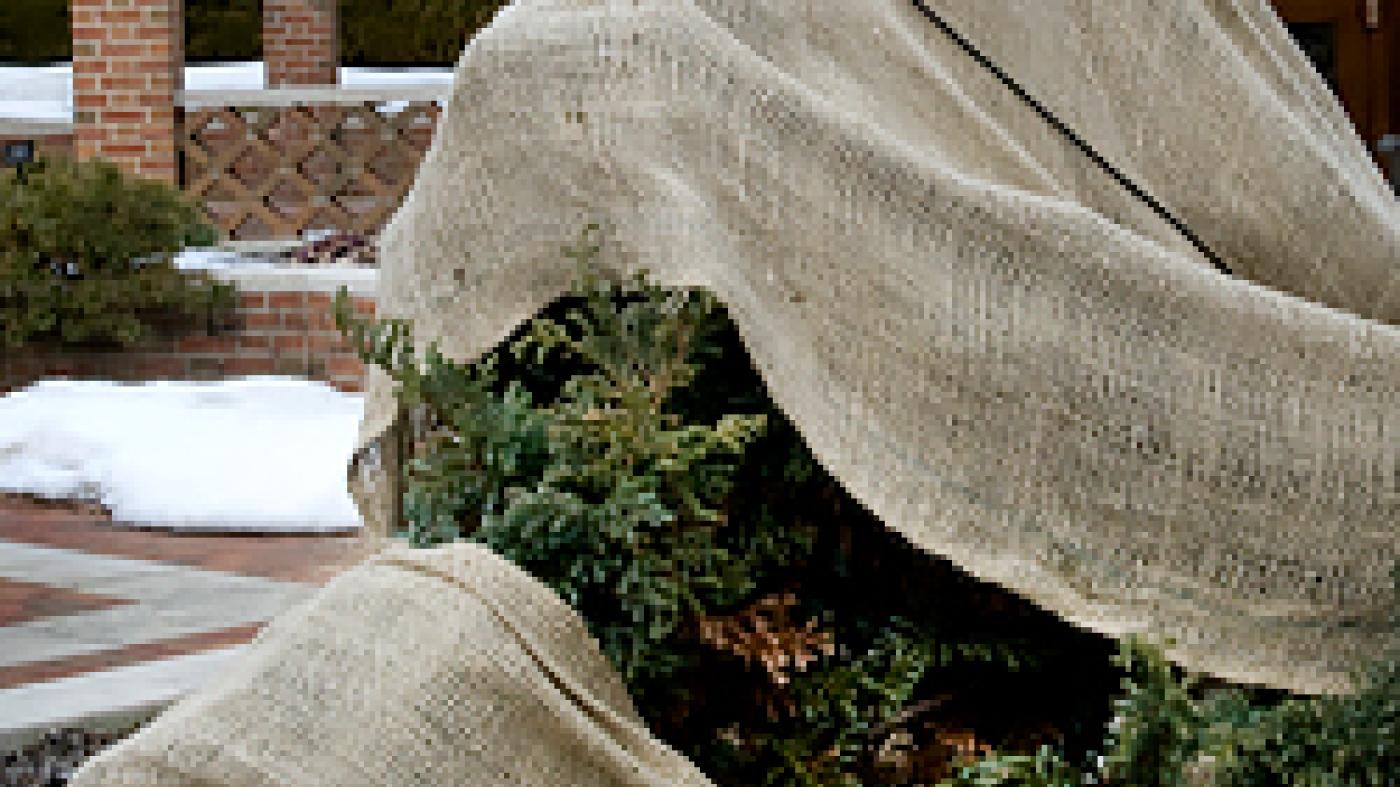
Salt Damage Protection
Q. I have evergreens planted near a street. How can I protect them from salt damage?
Trees and Shrubs Recovering from Drought
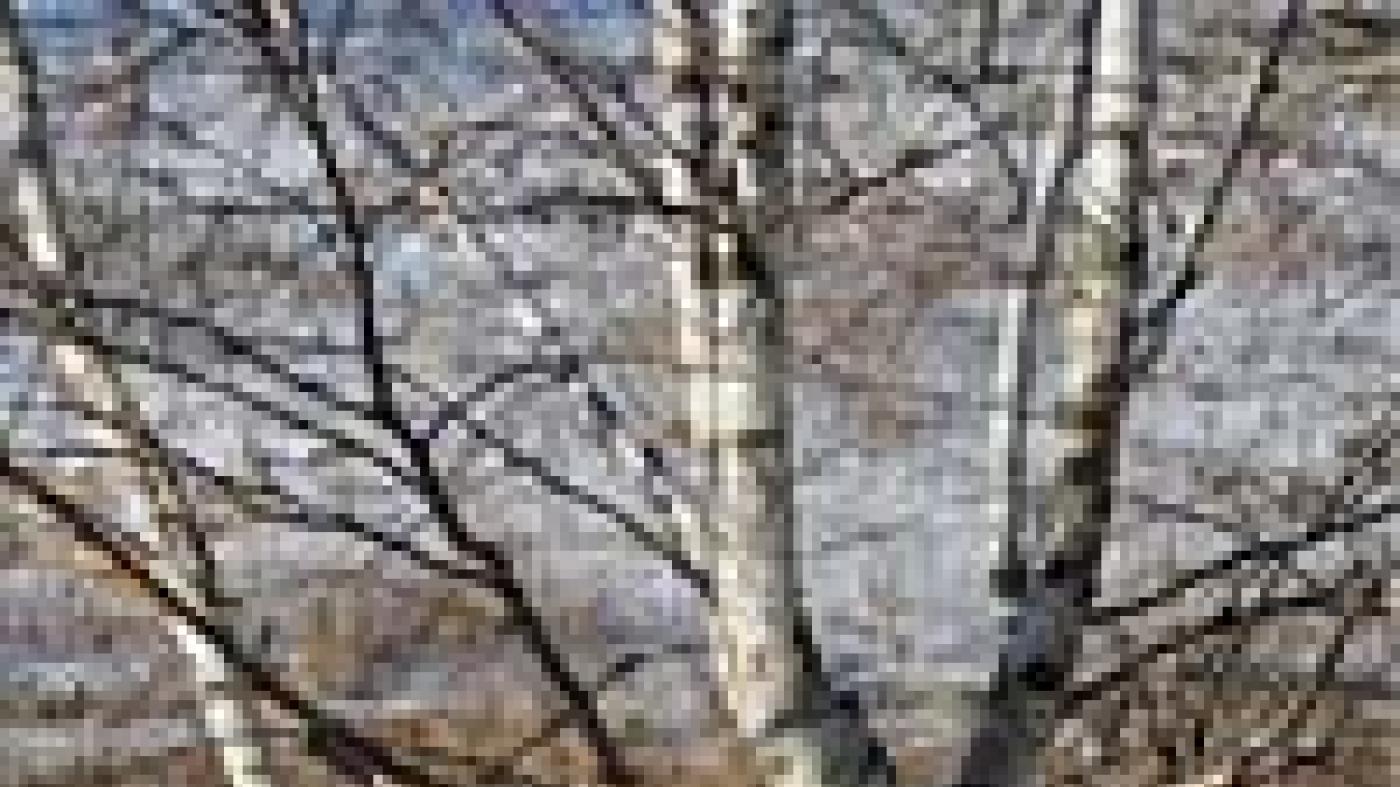
Preparing trees and shrubs for winter
Q. Is there anything that I can do to prepare my trees and shrubs for winter?
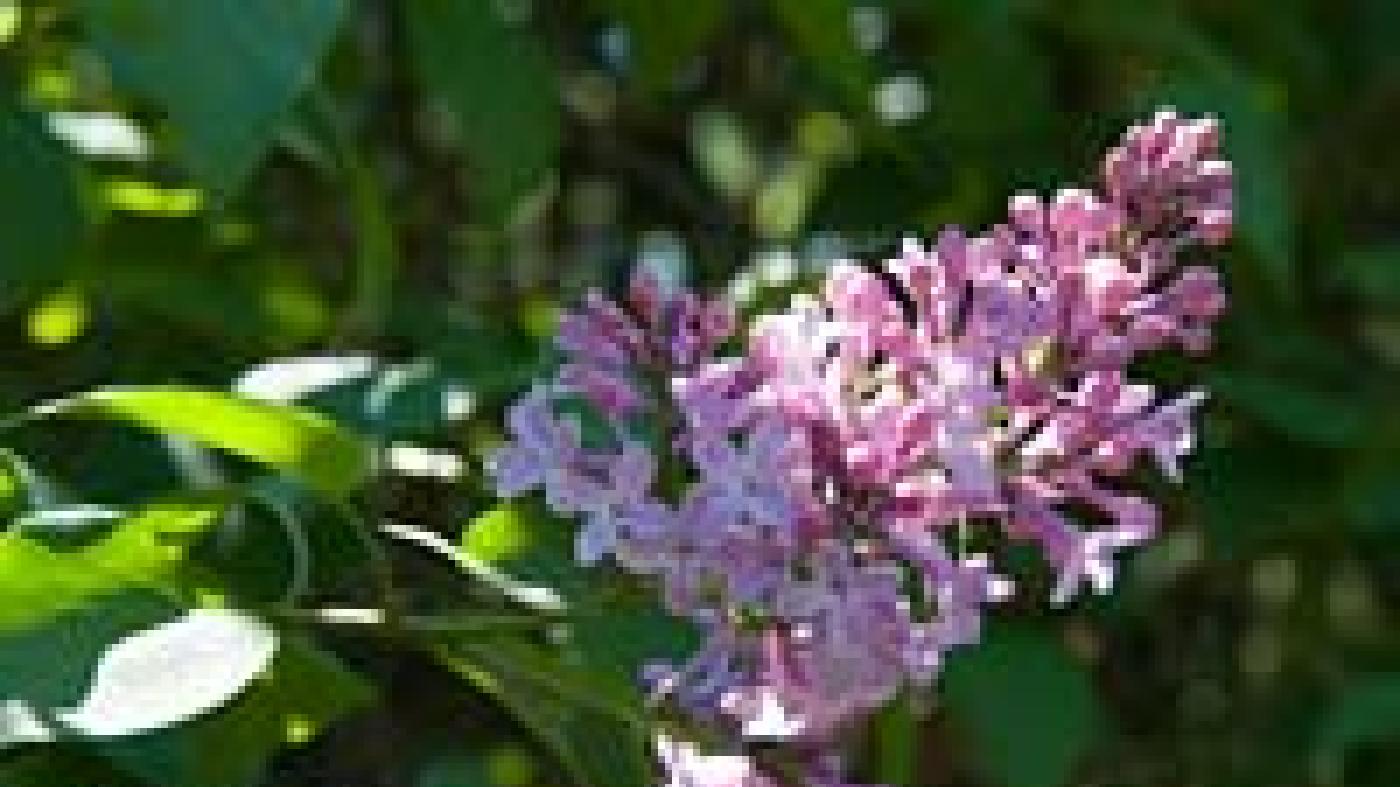
Lack of flowers on lilacs
Q. Why doesn’t my lilac bloom in the spring?
A. There are several possible reasons why your lilac fails to bloom. The most common cause is lack of adequate sunlight. Lilacs (Syringa) need to be planted in a location that receives at least six hours of strong, direct sun per day. They are very tolerant of different moisture conditions as long as they are planted in well-drained soil.
Fertilizing trees and shrubs
Q: How often should I fertilize the roots of my trees and shrubs?
A: As a general rule, it is not necessary to use synthetic fertilizers for trees and shrubs unless the plants exhibit a nutrient deficiency. Good soil nutrition and a two-inch layer of compost, such as leaf mulch, placed around your trees and shrubs on a yearly basis should be sufficient for good plant health.
Pruning boxwood shrubs
Q. When is the best time to prune boxwood shrubs?
A. Established boxwood shrubs requiring little or no pruning. The best time for overall pruning to shape boxwoods is in the early spring. However, trimming stray branches and thinning cuts can be done anytime during the growing season.
Early-blooming Witch Hazel
Q. Please give me some information on the flowering witch hazel that blooms in March.
Planting Trees and Shrubs in Fall
Q. What are the current guidelines for planting trees and shrubs in the fall?
Using Soaker Hoses
Q. I have recently installed a soaker hose system throughout my garden. How long do I let the water run in order to water adequately?
Shrubs for Shade
Q. What shrubs can be grown in the shade?
A. It is best to determine the level of shade in your garden prior to purchasing plants for that area. Deep shade is generally defined as an area receiving little to no sun. Partially shaded areas generally receive three to six hours of sun each day; these areas receive morning sun and are protected from the heat of the day. Before purchasing shrubs or other plants, observe and record your conditions so that you can select items best suited for your site.
Summer Blooming Shrubs
Q. I am looking for some unusual summer-blooming shrubs for my landscape. Do you have some suggestions for hardy and floriferous shrubs?
Best Hydrangeas for the Chicago Area
Q. What types of hydrangeas can be successfully grown in the Chicago area?
Pruning Hydrangeas
Q: Please advise on the best time to prune hydrangeas.
A: Hydrangeas require differing pruning times; therefore, it is critical to know which type you have before you prune. In addition to using the techniques explained below, always remove any winter-damaged branches in early spring.
Forcing Flowering Branches
Q. I would like to use some of the flowering shrubs on my property and cut branches to force indoors for late-winter color. What is the best way to do this?
Fertilizing Trees and Shrubs
Q. Is it necessary to regularly fertilize my trees and shrubs? If so, how often should it be done?
Fall Color in Trees
Q. What accounts for the different autumn color displays in trees and shrubs?
A. Certain plants have a built-in genetic code that is responsible for their intense fall color displays. But even with these genes in place, trees and shrubs need ideal weather conditions to show off their best color. Trees should also be healthy, well-watered all season and located in full sun.
Shade Tolerant Evergreens
Q. Are there any evergreens that will tolerate shade?
A. Most evergreen plants require at least six hours or more of full direct sunlight. There are a few, however, that will tolerate shadier conditions, such as yews (Taxus), Canadian hemlock (Tsuga canadensis) and American holly (Ilex opaca). Determining shade can sometimes be complex.
Overwintering Evergreens in Containers
Q. I grew two small evergreens in containers this summer. Can they remain outside in winter?
Caring for Evergreens
Q. My evergreen shrubs did very poorly following last winter. What care can I give them now so they can make it through another Chicago winter?
Red-twig Dogwood Color
Q: My red-twig dogwood stems don't seem to be as bright red as they used to be. What is the problem?
A. As red-twig dogwood stems age, they turn dark in color. The best way to maintain your plant's health and maximize its color is to prune it using a technique known as "renewal pruning." Before the plant breaks dormancy in the spring, remove one-third of the oldest, largest stems. This will encourage new stem growth and vibrant color.
Butterfly gardens
Q: My children and I want to plant a butterfly garden. Can you suggest flowers that will attract butterflies?
How to grow butterfly bush
Q. I would like to grow the beautiful butterfly bush that attracts so many varieties of butterflies at this time of year. Any tips?
What to do with buckthorn
Q. I want to remove buckthorn from my yard but I'm not sure what to do with it after it is taken out to prevent the seeds from germinating.
Boxwood that stays green in winter
Q. My boxwood shrubs turn a dull bronze color in the winter. Are there any varieties that stay green all winter?
A. Many varieties of boxwood retain their green color during the winter months; others will turn off-color. The degree of color change in some species will vary between winters. Some boxwoods that are prized for retaining their green color throughout most winters are 'Wintergreen', 'Green Velvet', 'Green Mountain', and 'Glencoe'.
Planting Azaleas
Q. I am tempted by the gorgeous azaleas available now in florist shops. Is it possible for me to plant them in my garden in spring?



